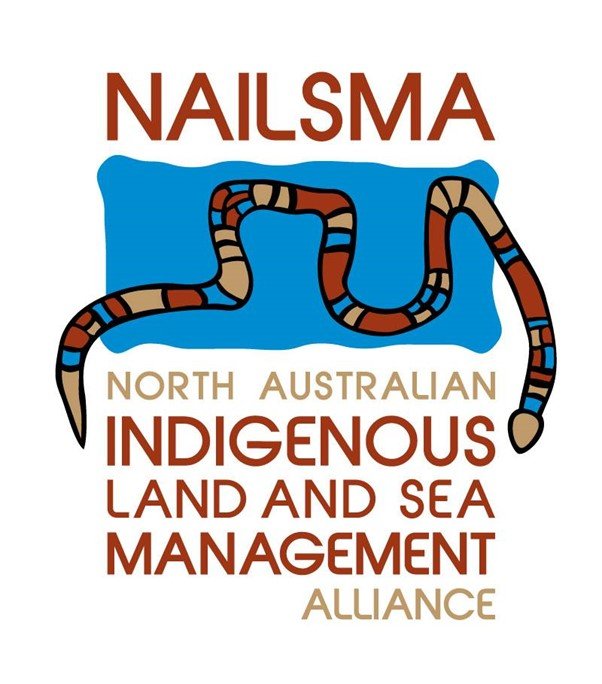
Posted by : Ricky Archer Sept. 12, 2022
Contact : ricky.archer at nailsma.org.au Maps
NAILSMA has been working for more than a decade to ensure that people recognise the value of Indigenous knowledge and properly respect it and the people who own it. As more Australians start to value the leading role that Indigenous people play in land and sea management, the Indigenous ideas about protocol, trust and consent are worth understanding. Most importantly it is worth remembering that listening and allowing Traditional Owners the chance to lead is basic to great practice (Woodward et al, 2020)
To manage resources across the northern Australia, NAILSMA works on traditional knowledge database recording. In his work Ricky has been using GIS tagging to store knowledge online in digital platforms. This provides a tool to transfer information across generations, across communities and between scientists and traditional owners. He works at NAILSMA on regional organising programs and across northern Australia in national platforms providing support and exposure for the local teams and their work for others to follow their example. Ranger groups are working on land management, crocodile management, fish surveys and controlling fire burning, etc.
One of the main roles of ranger groups is the fire management, which can be done in partnership with Savannah Burning Projects or as separate initiatives. Early dry season provides a chance for a lot of ranger practice and training. These earlier burns also reduce the larger, hotter fires. Carbon credits are available for cool fire burning and provide a viable area where groups can participate in their traditional skills and earn carbon credits through that work. This investment enabled those groups to purchase assets for rangers to do their work in new ways, and look at further employment, such as using drones. This income stream spreads the risk of the local organisation, which is not reliant on single sources of funds, for longer term security. At the same time this is not just a carbon credit project, it is reinforcing and validating the traditional knowledge and cultural obligations.
The overall intent is creating the opportunity to manage cultural and natural resources and this extra investment and revenue is going straight back into caring for Country, straight back into ongoing employment and allowing a platform for the people to get out on their Country and manage the natural and cultural assets that they have there.
Extract from Chapter 26, Indigenous Engineering for an Enduring Culture, edited by Cat Kutay, Elyssebeth Leigh, Juliana Kaya Prpic and Lyndon Ormond-Parker. Published by Cambridge Scholars Publishing
Author: Ricky Archer
Location: Casuarina CDU Darwin